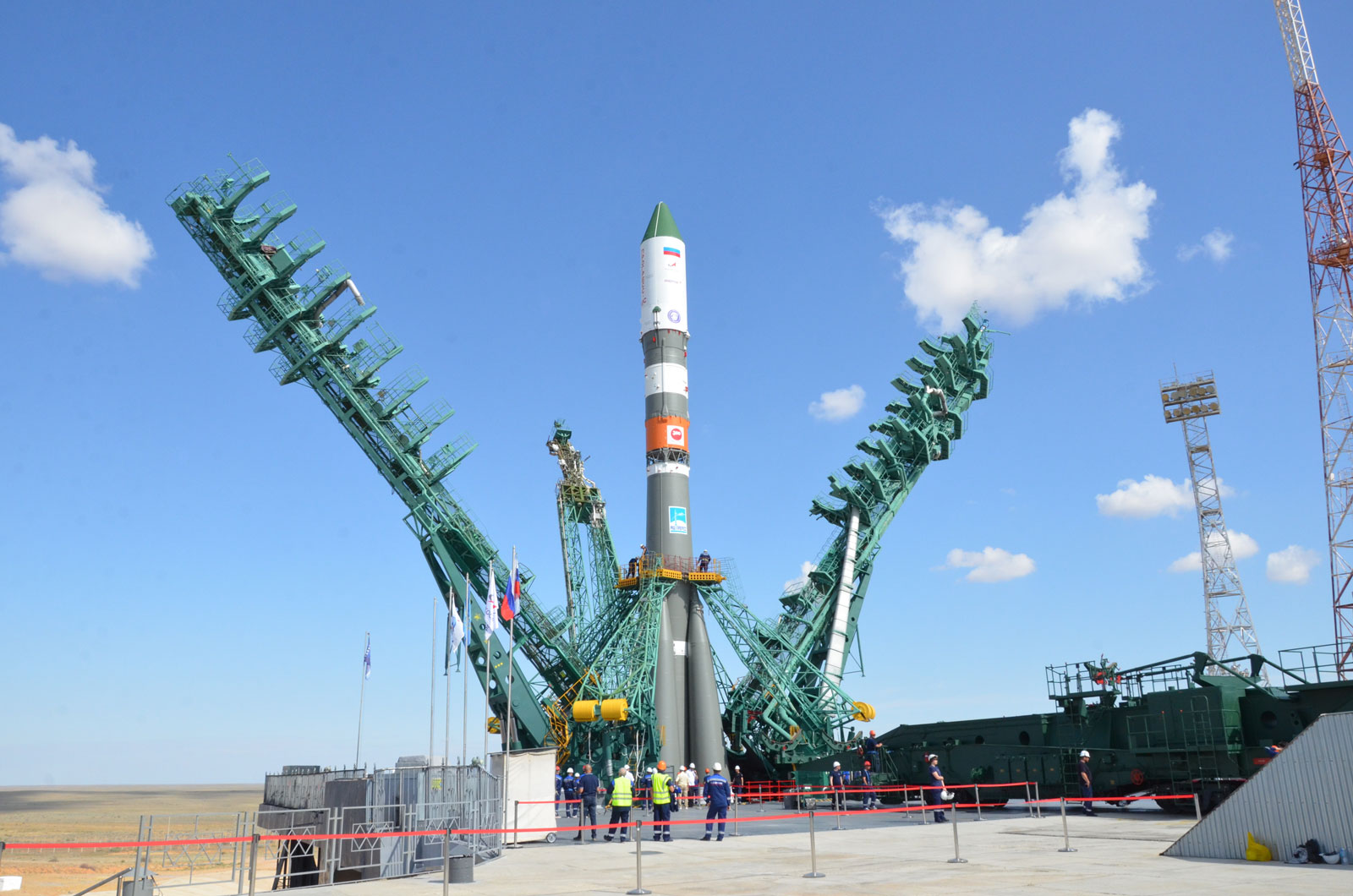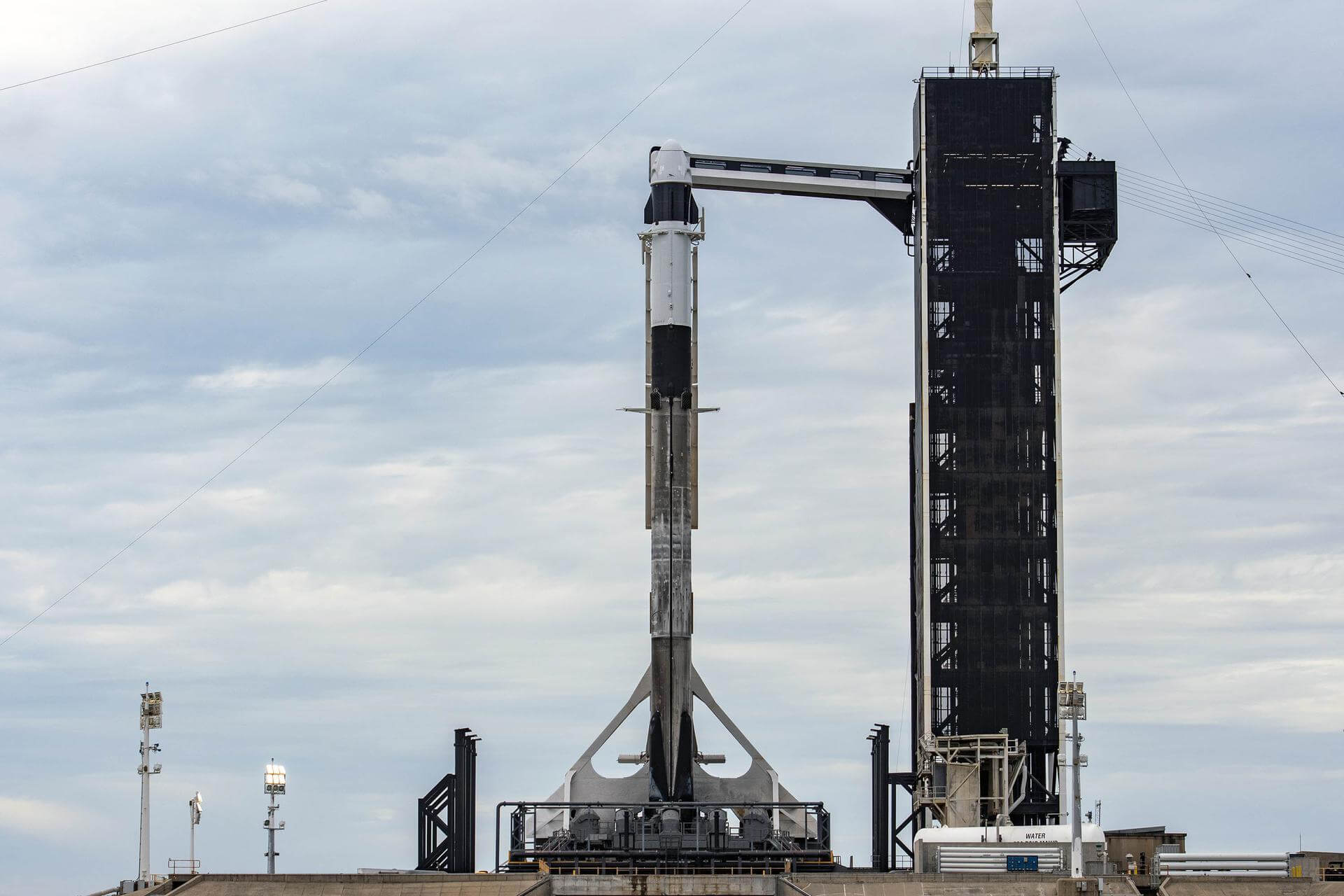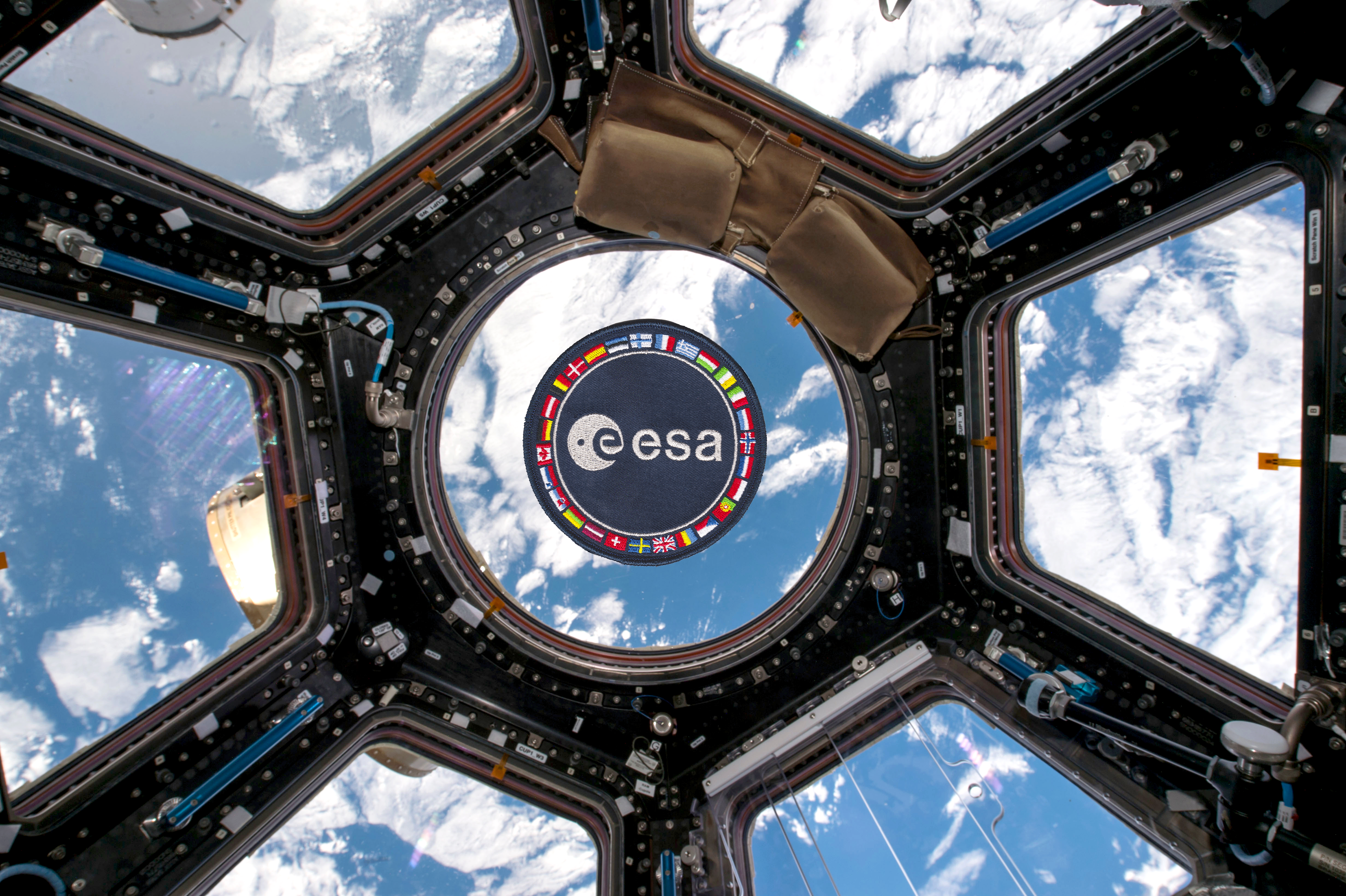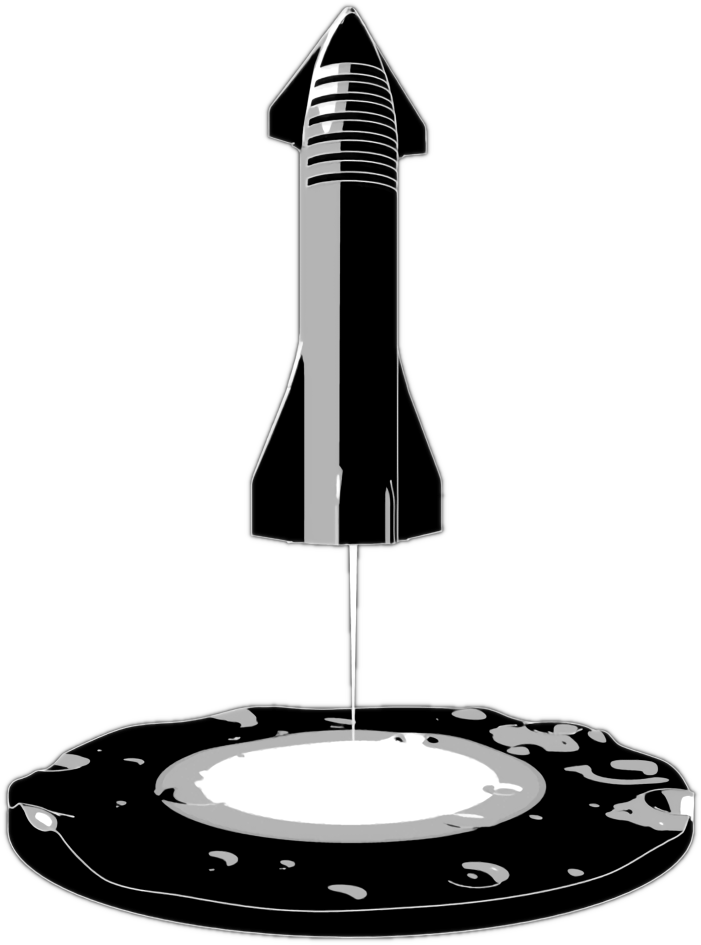· space brief · 6 min read
Space Brief 11 Aug 2025
Today's briefing highlights major advancements in tactical satellite communications for military applications, the expansion of an IoT satellite constellation by China's Geespace, and significant developments in lunar communications and surveillance systems.

📄Top Stories
Today’s space updates include significant military contracts for satellite communications, highlighted by SES’s contract with the U.S. Army and new initiatives from the U.S. Space Force. Meanwhile, Geespace continues to grow its satellite IoT network through a successful sea launch, and Intuitive Machines announces plans to produce lunar communications satellites in-house.
📰Detailed Coverage
SES Wins Major Army Contract for Satellite Communications
SES Space and Defense has secured a five-year, $89.6 million contract to provide commercial satellite communications services to support various tactical network needs of the U.S. Army. This contract aims to enhance communication infrastructure for Combat Service Support units and governmental programs.
The agreement reflects the ongoing investment in robust and resilient satellite solutions essential for maintaining global military communication capabilities. Satellite tracking and real-time monitoring of such networks highlight the increasing importance of space assets in defense strategies.
Read the full story: SpaceWar
Space Force Launches Secure SatCom Development
The United States Space Force has contracted five companies, including Viasat and Northrop Grumman, under a $37.5 million program to develop secure, global tactical satellite communications. The initiative focuses on creating a Protected Tactical SatCom program designed to enhance security and resilience against interference.
This development aligns with the increasing necessity for secure satellite communications in military operations and underscores the role of enhanced tactical networks in global defense strategies.
Read the full story: SpaceWar
Royal Canadian Navy to Enhance Surveillance with Drone Systems
MDA Space has signed contracts to deliver advanced Uncrewed Aircraft Systems (UAS) for the Royal Canadian Navy. These systems will expand the Navy’s maritime threat detection and situational awareness, playing a crucial role in intelligence and reconnaissance tasks.
The initiative supports Canada’s efforts in strengthening its surveillance capabilities, showcasing the increasing integration of satellite and drone technologies in modern naval operations.
Read the full story: SpaceWar
China Expands IoT Constellation with Sea Launch
Geespace successfully launched 11 new satellites from a sea platform, enhancing its Internet of Things (IoT) constellation. This launch enables broader low-power connectivity, strategically targeting emerging markets for IoT applications.
The deployment marks a significant milestone for the private operator, as it continues to enrich global connectivity solutions and expand the presence of IoT satellites in low Earth orbit, with implications for satellite tracking technologies and market dynamics.
Read the full story: SpaceNews
Intuitive Machines Ventures into Lunar Satellite Production
Intuitive Machines has announced its decision to independently manufacture satellites dedicated to cislunar communications, enhancing control over production schedules and expanding its satellite service offerings.
This move supports the growing demand for reliable lunar communication networks, as space exploration intensifies and lunar missions become more frequent, highlighting the need for sustainable communications infrastructure beyond Earth’s orbit.
Read the full story: SpaceNews
Hera Mission Observes Asteroids, Aids DART Mission Insights
The European Space Agency’s Hera spacecraft has begun observing asteroids as part of its mission to gather valuable data following NASA’s successful DART mission. The observations aim to deepen understanding of asteroid compositions and orbital behaviors, aiding planetary defense efforts.
While primarily focused on interstellar objects, these insights contribute to refining models of orbital dynamics, offering indirect benefits to satellite tracking technologies by improving prediction accuracy.
Read the full story: NASASpaceFlight.com
🛰️Satellite Spotlight
- Satellite Name: BS-3N
- NORAD ID: 23176
- Launch Date: July 8, 1994
- Mission: The BS-3N satellite serves a vital role in communication, providing broadcasting services across various platforms.
- Orbit: Geostationary Orbit (GEO)
- Operator: NHK (Japan Broadcasting Corporation)
- Fun Fact: The BS-3N was launched aboard an Ariane 44L rocket and features three Ku-band transponders, allowing for a maximum EIRP of 54 dBW.
Track this satellite in real-time on our web app: Track BS-3N
🌌Space Weather
Current space weather shows Enhanced solar wind (573 km/s).
Current
R0 - S0 - G0
Last 24 Hour Maximums
R1 - S0 - G0
Recent Alerts
- Continued Alert: Electron 2MeV Integral Flux exceeded 1000 pfu. Maximum flux reached 3695 pfu. Potential impacts include significant charging to satellite systems. (Issued: Aug 11, 0539 UTC)
- Extended Warning: Geomagnetic K-index of 4 expected, primarily affecting areas poleward of 65 degrees Geomagnetic Latitude. Weak power grid fluctuations and visible auroras possible in northern regions. (Issued: Aug 10, 1503 UTC)
- Alert: Electron 2MeV Integral Flux exceeded 1000 pfu. Potential impacts include significant charging to satellite systems. (Issued: Aug 10, 1206 UTC)
- Warning: Geomagnetic K-index of 5 expected, with minor impacts on satellite operations and visible auroras at high latitudes. (Issued: Aug 10, 0748 UTC)
Next 24 Hours
-
Radio Blackouts Probability
- Minor: 55
- Major: 10
- Risk: None
-
Solar Radiation
- Probability: 10
- Risk: None
-
Geomagnetic Storming
- Scale: 0
- Impact: none
- Activity: Low
-
Impact Summary
- No risk of radio blackouts.
- No risk of solar radiation storms.
- No G1 (Minor) or greater geomagnetic storms are expected.
- No significant transient or recurrent solar wind features are forecast.
Long Term Forecast
- Forecast of Solar and Geomagnetic Activity (11 Aug - 06 Sept 2025):
- Predominantly low solar activity expected, with M-class flare activity likely.
- No proton events anticipated at geosynchronous orbit, barring significant flare activity.
- Enhanced electron flux expected on specific dates, while normal to moderate levels will prevail otherwise.
- Active geomagnetic conditions are likely after 11 Aug, with periods of G1 (Minor) and G2 (Moderate) storming anticipated throughout the forecast period.
Upcoming Space Launches
August 11
- SpaceX Falcon 9 Block 5:
- Project Kuiper (KF-02) from Cape Canaveral Space Force Station, FL, USA (12:35 UTC)
Second of a three launches contract for Amazon’s Kuiper low Earth orbit satellite internet constellation. 24 satellites are on board.
- Project Kuiper (KF-02) from Cape Canaveral Space Force Station, FL, USA (12:35 UTC)
August 12
-
SpaceX Falcon 9 Block 5:
- Starlink Group 17-4 from Vandenberg Space Force Base, CA, USA (02:05 UTC)
A batch of 24 satellites for the Starlink mega-constellation - SpaceX’s project for space-based Internet communication system.
- Starlink Group 17-4 from Vandenberg Space Force Base, CA, USA (02:05 UTC)
-
United Launch Alliance Vulcan VC4S:
- USSF-106 from Cape Canaveral Space Force Station, FL, USA (23:59 UTC)
This mission for the United States Space Force will deploy various payloads directly into geosynchronous orbit, including the NTS-3, a demonstration navigation satellite.
- USSF-106 from Cape Canaveral Space Force Station, FL, USA (23:59 UTC)
August 13
-
Arianespace Ariane 62:
- Metop-SG A1 from Guiana Space Centre, French Guiana (00:37 UTC)
First of EUMETSAT’s second generation of Metop weather satellites.
- Metop-SG A1 from Guiana Space Centre, French Guiana (00:37 UTC)
-
China Aerospace Science and Technology Corporation Long March 5B/YZ-2:
- SatNet LEO Group TBD? from Wenchang Space Launch Site, People’s Republic of China (06:36 UTC)
A batch of Low Earth Orbit communication satellites for the Chinese state-owned SatNet constellation.
- SatNet LEO Group TBD? from Wenchang Space Launch Site, People’s Republic of China (06:36 UTC)
-
SpaceX Falcon 9 Block 5:
- Starlink Group 10-20 from Cape Canaveral Space Force Station, FL, USA (11:09 UTC)
A batch of 28 satellites for the Starlink mega-constellation - SpaceX’s project for space-based Internet communication system.
- Starlink Group 10-20 from Cape Canaveral Space Force Station, FL, USA (11:09 UTC)
-
SpaceX Falcon 9 Block 5:
- Starlink Group 17-5 from Vandenberg Space Force Base, CA, USA (15:44 UTC)
A batch of 24 satellites for the Starlink mega-constellation - SpaceX’s project for space-based Internet communication system.
- Starlink Group 17-5 from Vandenberg Space Force Base, CA, USA (15:44 UTC)
August 16
- SpaceX Falcon 9 Block 5:
- Starlink Group 10-11 from Cape Canaveral Space Force Station, FL, USA (11:35 UTC)
A batch of 28 satellites for the Starlink mega-constellation - SpaceX’s project for space-based Internet communication system.
- Starlink Group 10-11 from Cape Canaveral Space Force Station, FL, USA (11:35 UTC)
August 17
- SpaceX Falcon 9 Block 5:
- Starlink Group 17-6 from Vandenberg Space Force Base, CA, USA (15:44 UTC)
A batch of 24 satellites for the Starlink mega-constellation - SpaceX’s project for space-based Internet communication system.
- Starlink Group 17-6 from Vandenberg Space Force Base, CA, USA (15:44 UTC)
August 20
- Russian Federal Space Agency (ROSCOSMOS) Soyuz 2.1a:
- Bion-M No. 2 from Baikonur Cosmodrome, Republic of Kazakhstan (17:13 UTC)
Bion-M is the next generation of Russian biological research satellites with enhancements for longer mission duration and increased scientific equipment capacity.
- Bion-M No. 2 from Baikonur Cosmodrome, Republic of Kazakhstan (17:13 UTC)
Note: Launch dates and times are subject to change due to technical or weather considerations.

Maurice Stellarski





